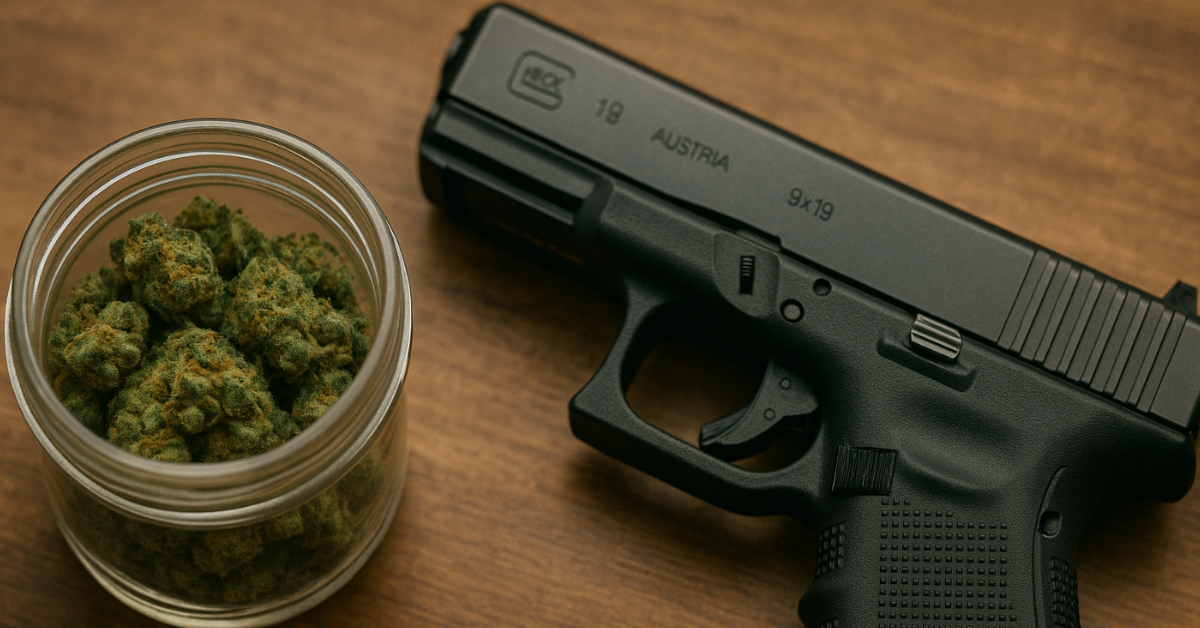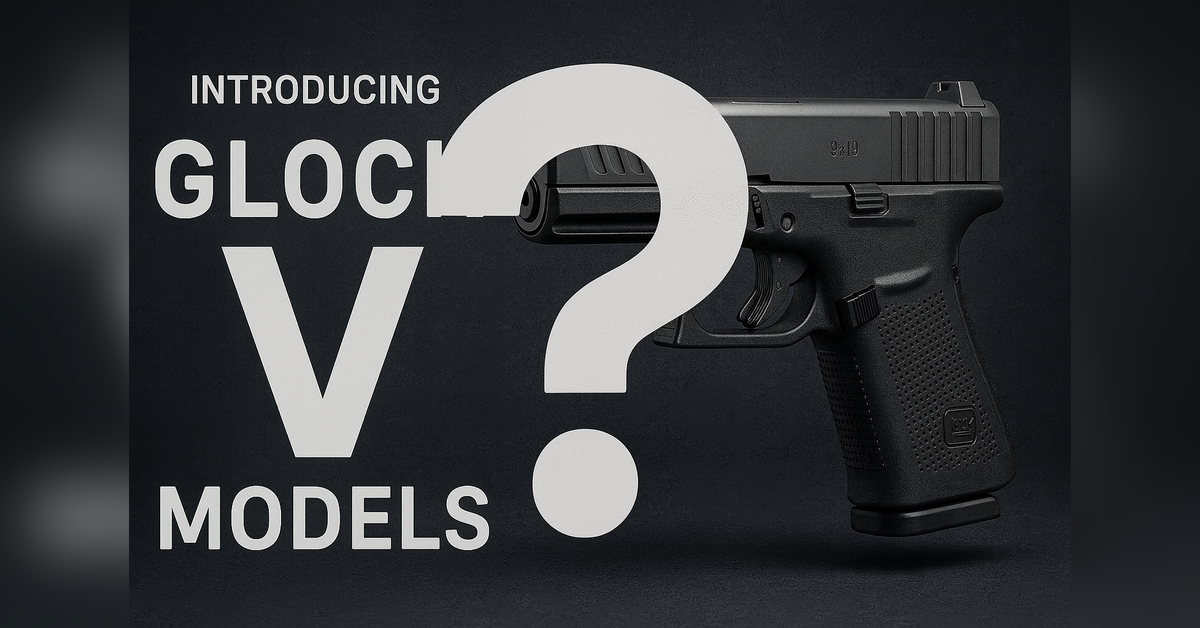While the first Marlin Model 336 was introduced in 1948, that was just the latest incarnation of a gun that had been evolving since 1895, when the .30-30 Win. cartridge first made its appearance. That year, two previously existing lever-action rifles were chambered for this new smokeless round: the Winchester Model 1894 and the Marlin Model 1893. Indeed, the Model 336 is in essence the grandson of the Model 1893.
The 1893 resulted from a collaboration between John Mahlon Marlin and the inventive genius of Lewis Lobdell Hepburn, a rifle designer and champion long-range target shooter who had been on the winning Creedmoor team in 1874. Hepburn joined Marlin in 1886 and was responsible for numerous innovations, including the company’s now-famous flat-top receiver and side ejection, which first appeared on the Marlin Model 1889. But, with the longer action of the Hepburn-designed Model 1893, with its stronger locking bolt and unique two- piece firing-pin safety that kept the firing pin from the primer until the hammer fell, Marlin knew he had a rifle that could carry his company into the smokeless-powder world of the 20th century.
Although the Model 1893 was initially chambered for the .32-40 Win. and .38-55 Win. blackpowder loads Marlin had developed for its Ballard single-shot rifles, it quickly added the smokeless .30 Winchester Center Fire (WCF, which would eventually become famous as the .30-30 Win.) and .32 Win. Spl., as well as its proprietary .25-36 Marlin in 1895. To highlight the fact that the Model 1893 was now a modern smokeless-powder rifle, the strengthened barrels were stamped “Special Smokeless Steel” in script.
Interestingly, enough shooters still favored the older blackpowder rounds to warrant Marlin coming out in 1905 with a softer-steel, Grade B version of the Model 1893, with barrels stamped, “For Black Powder Only.” These guns were only chambered for the .32-40 Win. and .38-55 Win. cartridges. But, it did establish the Marlin 1893 as a transitional rifle, one of the few made concurrently for both blackpowder and smokeless powder. That same year, the Model 1893 nomenclature was changed to Model 93.
Aside from its good looks and other attributes, it was the Model 1893’s accuracy that made it a top seller. Every rifle, no matter what its grade, sported the same match-grade barrel Marlin used for its Ballard target rifles. That explains why Annie Oakley selected a Model 1893 for many of her trick-shooting exploits. And speaking from personal experience, I own two vintage Marlin Model 1893s —a carbine chambered in .32 Win. Spl. and a rifle in .38-55 Win.—that both consistently print 1-inch groups at 100 yards using open sights and factory ammunition.
In an attempt to make it more appealing, in 1935 the Model 93 was revamped and renamed the Model 1936. Both .30-30 Win. and .32 High Power Special (one year only) chamberings were offered. Name change aside, it was basically the same Model 93, with minor cosmetic tweaks that included a fluted comb and pistol-grip stock and what Marlin referred to as a “sure-grip, semi-beavertail” forearm. One year later, coil mainsprings and trigger springs were added, and the 1936 name was shorted to simply Model 36.
World War II halted further development of the Model 36, but in 1948, the rifle and carbine re-emerged with another new name—it was now called the Marlin 336—and a new look. This marked the first appearance of a round-bolt lever action, a feature that has become a hallmark of the 336. The 336 also sported an improved feeding system that Marlin called “jam-proof,” a more powerful extractor, redesigned carrier, non-glare matte-finished receiver, improved sights and a lowered hammer spur, thus acknowledging the coming trend of scopes. But, not forgetting its use as a saddle gun and for busting brush, the 336 also came drilled and tapped for receiver sights. In short, it was the most advanced lever-action rifle of its day. No wonder it found immediate favor not only with sportsmen, but also with law enforcement agencies, including the Texas Rangers.
Continued today in four of five of Marlin’s lever-action rifle lines, the Model 336 is available in a modern, tactical variant with polymer furniture, a large rail for optics, M-Lok attachment slots on the fore-end and a threaded barrel for a sound suppressor • Period advertising showcased the ability of the Model 336 to easily add a magnified optic for hunting purposes, a significant improvement over previous lever-action rifle designs, and one that continues to the present-day Model 336.
In 1956, the Model 336 incorporated Marlin’s Micro-Groove rifling, which added to its reputation for accuracy. It also set a standard of another sort when in 1984—as a sign of the times—the Model 336 became the first lever gun to feature a crossbolt safety, much to the chagrin of anyone who had relished the reassuring click of a half-cock notch.
Over the years there have been innumerable variations of the 336, including, in 1963, the introduction of a .44 Mag. chambering and the 16.25-inch-barreled Marauder Carbine in .30-30 Win. and .35 Rem. There was also a checkered Sporting Carbine in 1955 and various limited editions such as the octagonal-barreled Zane Grey Century in 1972. The natural-oil finish found on rifles up through the ’70s gave way to a more durable, high-gloss sheen in the ’80s. In 1999, new life was given to the 336 when cowboy-action shooting inspired
the pre-war Model 1893 look of the octagonal-barrel design and slimmer wood of the 336 Cowboy chambered in .38-55 Win. Mossy Oak camo stocks and stainless steel furniture have kept this lever-action workhorse up to date in hunting camps.
In 2007, Marlin was purchased by the parent company of Remington, and the brand—and the Model 336 in .30-30 Win.—continued to be a component of that new partnership. Thirteen years later, the brand would again change hands, this time going to Ruger, where the Model 336 would continue on. It is currently available, in the traditional chambering of .30-30 Win., in four out of Marlin’s five lever-action product lines.
The .30-30 Win. cartridge is linked with the lever-action rifle, and a strong case can be made for its popularity by itself, but especially when paired with a Marlin Model 336 lever-action rifle.
Read the full article here

















Leave a Reply